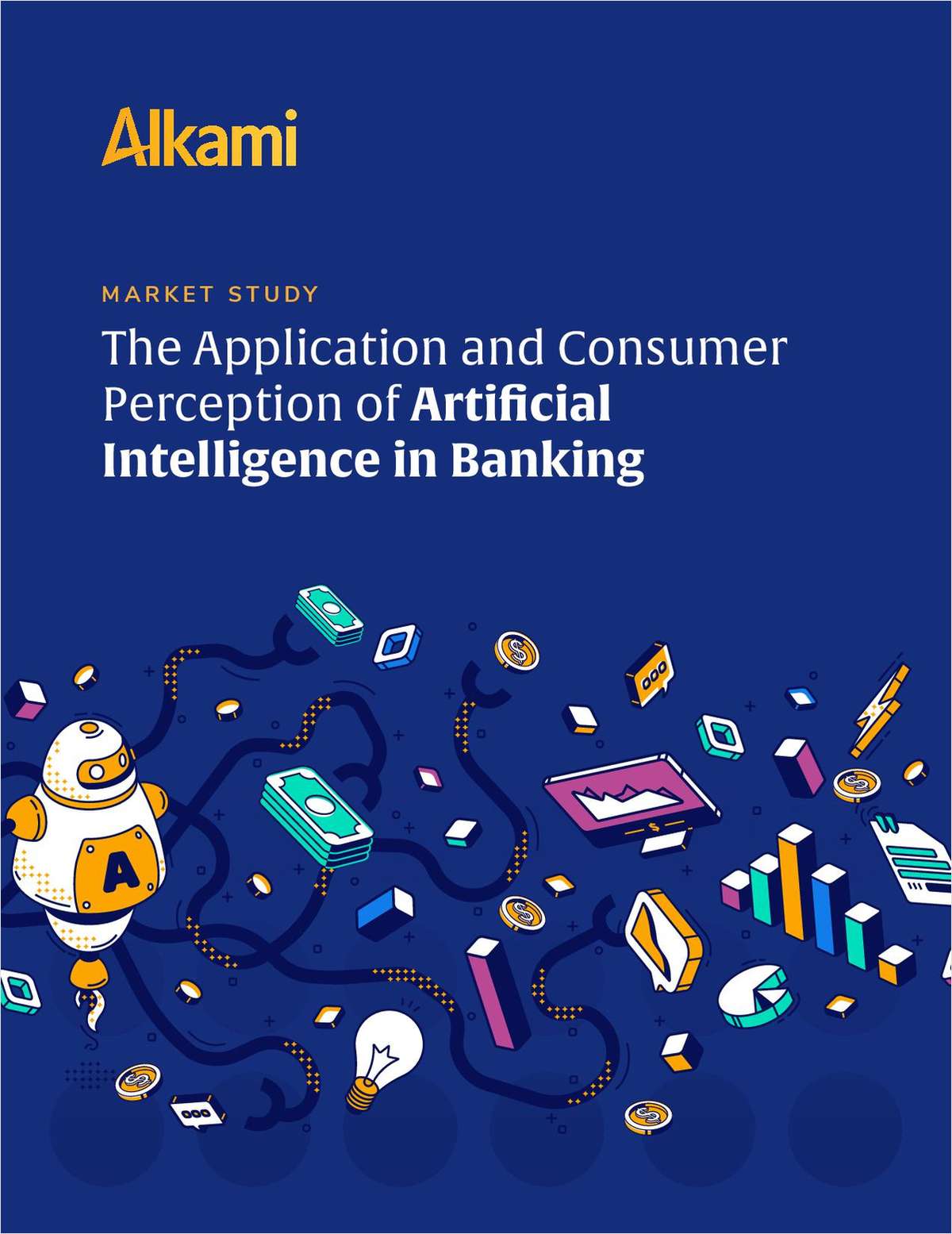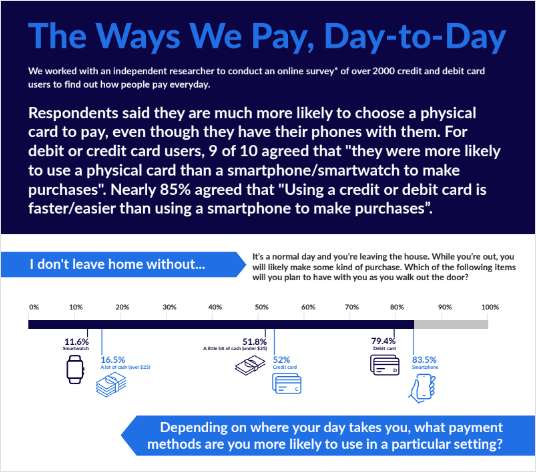ARLINGTON, Va. – As the numbers of debit card transactions rise, observers outside the ATM industry might conclude that automated teller machines face an uncertain and cloudy future, but they would be wrong according to industry experts. Analysts and experts from different parts of the industry agreed that although market pressures may force the ATM industry to change the services the machines offer as well as how they are marketed, ATMs will certainly remain part of the financial services scene. "The fundamentals for the ATM industry remain sound," said Tony Hayes, managing director with Boston-based Dove Consulting and a leading ATM industry analyst. "The U.S. population continues to rise," he pointed out, "and more people mean more cards and more cards mean more transactions," he added. Hayes conceded that the growth in ATM transactions has slowed from the 8% per year it saw in the late 1990′s, coming in at roughly 2% in 2003, but he still maintained that the industry remains far from seeing a contraction in the number of transactions. According to Hayes and the other executives, the current dip in transactions remains a blip caused by too many machines chasing too few transactions, and Hayes expected the short-term trend to reverse itself as the number of machines dropped, particularly among independent service organizations which deploy ATMs. "We have and will continue to see mergers among independent service organizations that deploy ATMs," Hayes noted. "The result of some of those mergers might be a net reduction in the number of ATMs." Currently there are roughly 370,000 ATMs in the U.S, roughly 50% placed by financial institutions and the other 50% by ISOs. Most of these ATMs were placed during the era of rapidly increasing transaction volume and have been under economic pressure as the number of average transactions per machine has dropped off. Andy Orent, vice president for the Americas for Ohio-based NCR, agreed with Hayes' optimistic outlook for the industry's long term future and said NCR, a leading ATM manufacturer for financial institutions, had data that suggested financial institutions have seen smaller drops in their average ATM transactions than other deployers have. He conceded that financial institutions' machines were seeing declines, but he maintained that the bulk of the industry declines have been coming from the ISO sector, primarily because those machines usually charge higher fees than do bank or credit union machines. In particular banks and credit unions do not surcharge their own members or customers for use of their own machines. But even though there will still be ATMs 10 years from now, Orent and other executives maintained that they will probably not look the same as today nor offer exactly the same services. For years, different ATM manufactures and industry experts have tried to introduce other ATM technologies to allow cardholders to do different things, such as purchase stamps, transit cards and movie tickets, only to discover that cardholders' responses to these new services have remained tepid. But Orent pointed to NCR's worldwide ATM manufacturing experience in nations like Spain, Italy, Brazil and Singapore where, he said, ATM technology has surpassed that of the U.S. Orent emphasized that while the bulk of machines will likely remain primarily cash-dispensing machines, he said up to 25% of machines may become the sort that offer different services to cardholders. He said one technical obstacle is the inability of U.S. ATMs to read bar-codes. Reading bar codes allows ATM users to pay their bills at an ATM. Overseas ATMs can also accept cash deposits in addition to checks, refresh prepaid phone and cash cards, transfer funds, facilitate retail purchases of different services and take loan applications. Orent attributed some Americans' lack of reaction to paying bills at the ATM to the reliability of the U.S. Postal Service. "Americans like to complain about the postal service," Orent said, "but compared to overseas we have it pretty good really." Having a strong postal system to use to pay your bills takes some the attractiveness out of having a machine to help do it, Orent explained, but he predicted there would still be a number of consumers for whom this would become more important as time went on. He also pointed out that, as the volume of cash transactions continues to drop, financial institutions will be motivated to move as many teller transactions as possible to the ATM in an attempt to keep a wealth of investment and technology paying for itself. "Banks and credit unions have a lot invested in ATMs and ATM networks," Orent pointed out. "They aren't going to just write off all that just because the cash volume drops off." Jim Hanisch, senior vice president of CO-OP Network, the largest credit union-owned surcharge-free ATM network in the country, called Orent's observations about ATMs "spot on" and said that some of these changes were going to be dictated by the changing demographic of who uses ATMs. As card payments become increasingly more prevalent among the upper-income, Hanisch explained that socio-economic divides may become even more pronounced across payment channels. Currently about 10 million American families, or about 37 million adults, are unbanked, according to the Federal Reserve and some industry estimates. As pre-paid cards become steadily more popular, Hanisch pointed out, the ATM will remain a significant resource for those cardholders who will seek to cash checks, purchase money orders and make other forms of remittances. In order to meet this need, Hanisch said, ATMs in the U.S. will likely need a significant overhaul in both their technology and marketing to be able to interact with this new population which might have varying degrees of trust and ability to deal with technology. Hanisch cited unfamiliarity with machines and low-income consumers' desire to deal with a human being as obstacles to ATM acceptance, along with illiteracy in both English and the users' native language. Hanisch pointed to the 7-Eleven retail chain's rumored ongoing problems with its Vcom check cashing kiosks which have been placed in some stores across the country as an example of some of the struggles ATM could face dealing with new users. Although no one from 7-Eleven was available to comment on any problems with the kiosks, the company switched from using Certegy for processing checks taken in by the kiosks to another provider, CashWorks, Inc., on April 2. "We chose CashWorks because they specialize in cashing payroll and government checks, expertly applying their risk-decisioning methodology in the convenience store channel," said Jim Keyes, CEO of the retail chain in a prepared statement accompanying the company's first quarter earnings report. But Hanisch and other sources described persistent rumors that the problems 7-Eleven has been experiencing with the kiosks have had more to do with customer trust and acceptance than with any technical problems. "I think this whole question of how to market ATMs to the people who will be most likely to use them in the future is a nut we have yet to crack," Hanisch said. Of all the analysts and executives, Hanisch was the most optimistic about the survival of ATMs, particularly for credit unions. "As surprising as it might seem," Hanisch said, "credit unions are still significantly underdeployed when it comes to ATMs and have room to grow. We expect the number of credit union ATMs to continue to rise over the coming decade." -
Complete your profile to continue reading and get FREE access to CUTimes.com, part of your ALM digital membership.
Your access to unlimited CUTimes.com content isn’t changing.
Once you are an ALM digital member, you’ll receive:
- Breaking credit union news and analysis, on-site and via our newsletters and custom alerts
- Weekly Shared Accounts podcast featuring exclusive interviews with industry leaders
- Educational webcasts, white papers, and ebooks from industry thought leaders
- Critical coverage of the commercial real estate and financial advisory markets on our other ALM sites, GlobeSt.com and ThinkAdvisor.com
Already have an account? Sign In Now
© 2025 ALM Global, LLC, All Rights Reserved. Request academic re-use from www.copyright.com. All other uses, submit a request to [email protected]. For more information visit Asset & Logo Licensing.









